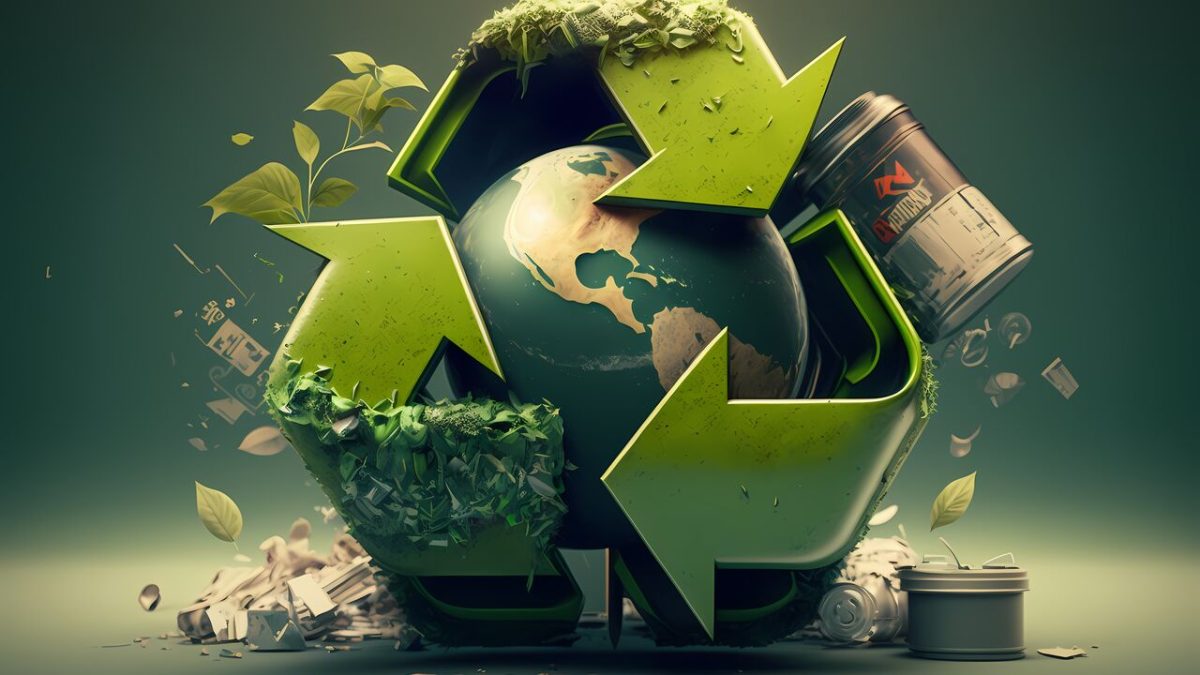Beep beep beep! At the break of dawn, a garbage truck backs up slowly. The hum of the engine begins to grow louder. The truck comes to a halting stop, the mechanical arm swings out. It quickly grasps the plastic can. Clunk clunk clunk. The can is carefully raised, followed by the sound of trash bags hitting the compactor. The truck pulls away, starting a long day of trash collection.
The United States of America produces way too much waste. To be exact the average American produces 4.9 pounds of trash per day or 1,800 pounds of garbage per year. This results in the waste of valuable materials and impacts the environment threatening our health and global climate. A change must be made and this starts with recycling.
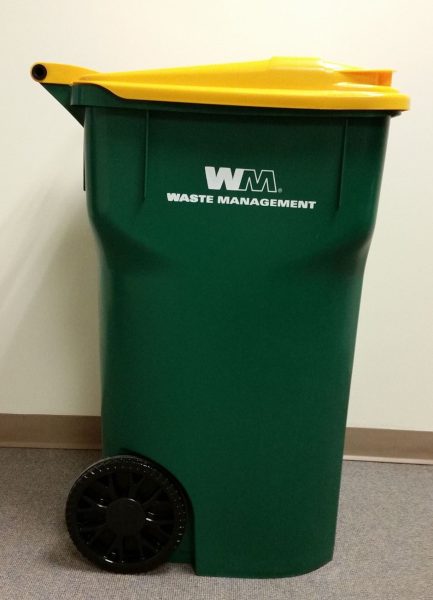
What is recycling? Recycling is the process of collecting materials that would otherwise be trash and turning them into new products. But how does this process work? The first step is collecting and processing the waste. This waste is generated from businesses and consumers and is collected at curbside or at recycling centers. Then this waste is sorted and cleaned at a factory, some recyclables are sold as raw materials. The second step is the manufacturing of this waste into new materials. Finally these products are purchased as new products. These products contain labels saying made with recyclables or are products that can be recycled.
How does recycling work at NAI? According to the district’s website North Allegheny’s, “recycling efforts include the recycling of cardboard, paper, plastic bottles, and metal cans.” Waste Management allows these materials to be collected in one single container. These containers can be found in classrooms, libraries, cafeteria, stadiums, and all other common areas. All members of the district are encouraged to appropriately dispose of materials creating a better future.
Waste Management pick up is very strict. Each truck has a camera to enforce strict adherence to their policies. The
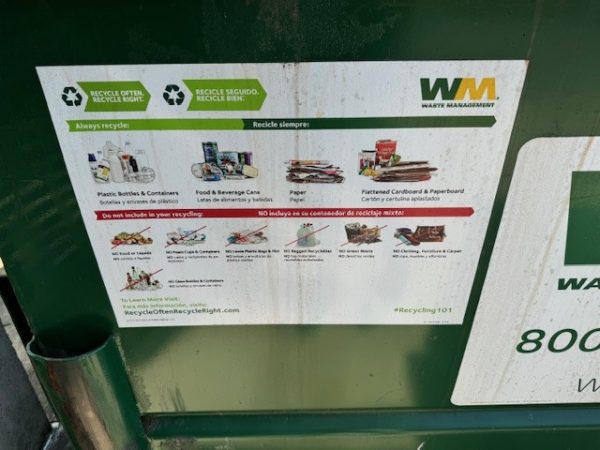
district will be fined if a non-recyclable item is attempted to be recycled. At school, students just throw items in the bin without a care. This makes it impossible to recycle effectively. According to Mr. Steve Drozd, a school custodian at NAI, “There just isn’t enough time” to go through every classroom’s bin and sort out these non-recyclable materials. As a result the whole bin is just placed in the trash.”
Recycling comes easier when a population has greater knowledge about the system. If students at NAI were more educated about recycling they would be more likely to participate. This is why it is essential that students learn the importance of recycling. At NAI plastic bottles, cardboard, metal cans, and paper can all be recycled. Once students recycle they feel helpful and a sense of pride making a difference around the world.
One place in NAI where recycling and sustainability increases is in the cafeteria. Its many recycling bins create a greater likelihood of recycling. These bins are also clearly labeled and students generally know what in their lunch can be recycled. Despite the many positives of the cafeteria, recycling could still be improved. For example, styrofoam trays are used to distribute lunch. Styrofoam is detrimental to the environment as it takes nearly 500 years to decompose.
Why Recycling Matters? Many believe recycling doesn’t make much of a difference, but that is far from the truth. First, the more we recycle the more resources we save. This helps provide a healthy planet for generations to come. We only have one planet, we need to do everything to take care of it. Recycling also helps preserve energy. Energy is not wasted on extracting and raw materials. The benefits of recycling are numerous. (See more listed below)
- Healthier environment
- Conserved natural resources
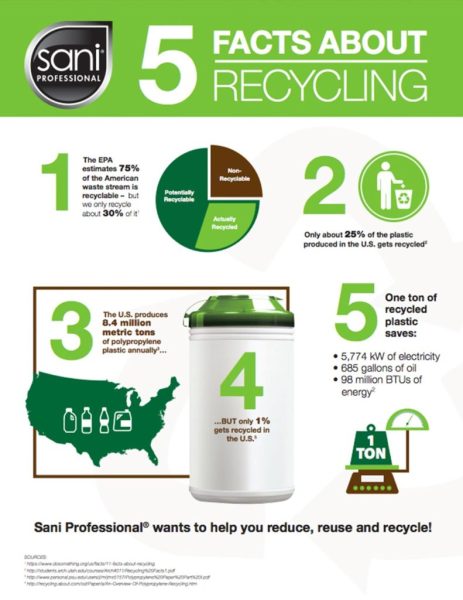
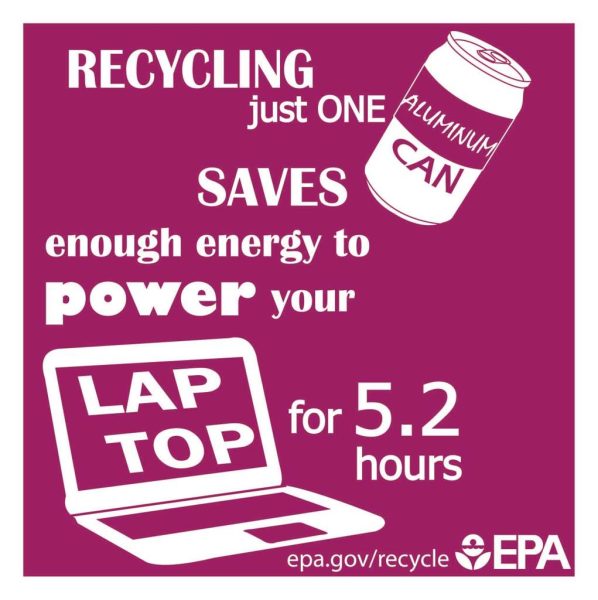
- Preserves energy
- Reduces waste/pollution
- Recycling creates 50% more jobs than waste
- Reduces climate change
It is crucial for not only large organizations like school districts, but individuals to rethink before we toss something in the trash. Recycling is key to a sustainable tomorrow and the time for change is now.


